As part of Society6’s ongoing partnership with Bombay Sapphire to inspire everyday creativity, we wanted to highlight an artist from our community who best embodies the idea of everyday creativity.
Derrick Lin combines his cinematographer-like eye for lighting with cleverly used everyday objects to create powerful vignettes.
His photographs capture subtle, emotional and relatable moments with a masterful precision—and what’s even more impressive is each scene is set up on an area smaller than a piece of notebook paper. Derrick let us tour his Seattle home to show how these photographs come to life.
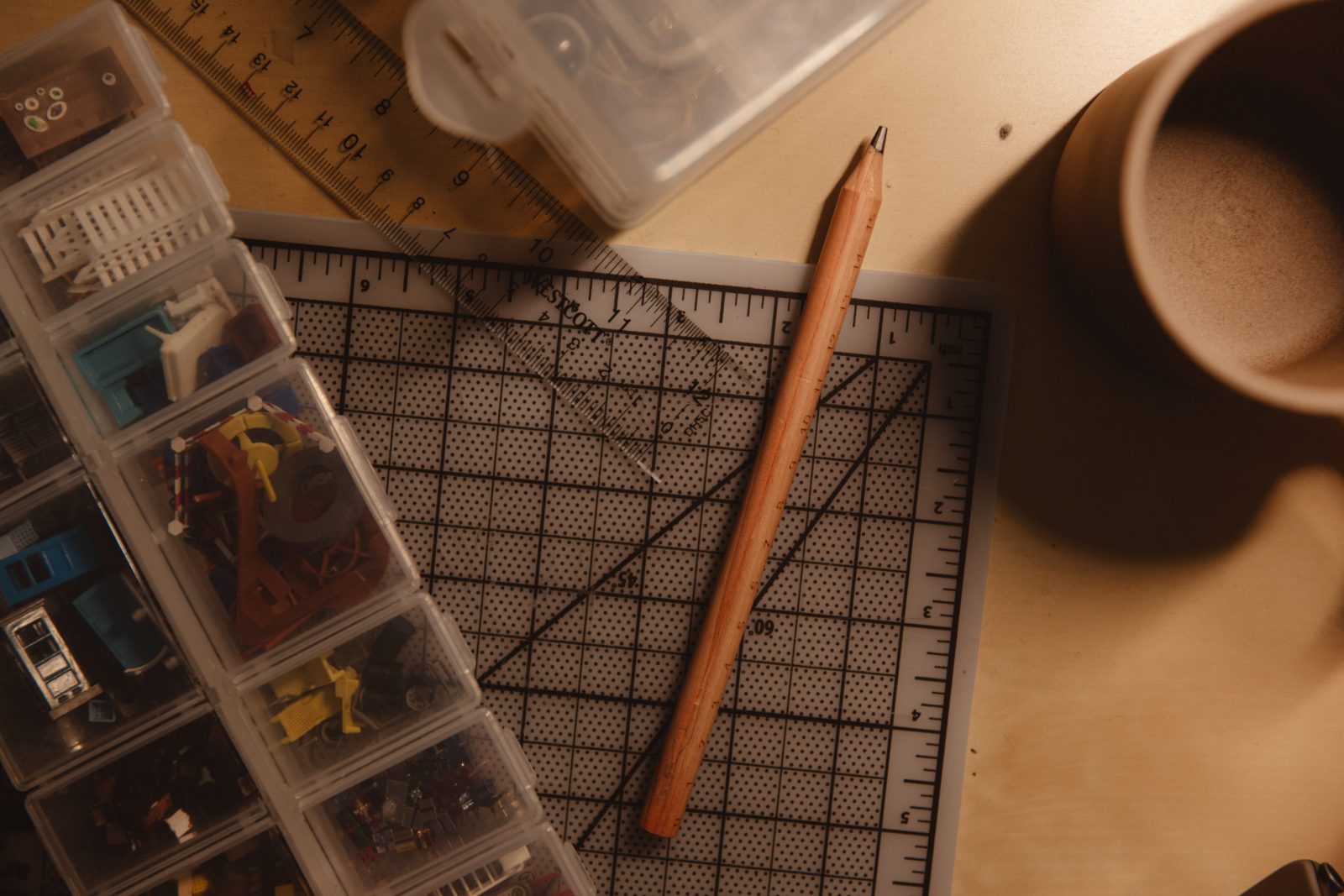
Hey Derrick! Thanks for sharing your world with us. Let’s start with a little introduction of yourself.
My name is Derrick Lin. I am originally from Taiwan and I currently live in Seattle, Washington. I like to describe my artistic style as the visualization of thoughts and emotions through miniature photography.
What drew you to Seattle?
There are so many things to love about Seattle. First of all, it’s a very diverse city from culture to business as well as being a gateway to Asia. The city is walkable, full of history and nature is right outside. I love to walk to the waterfront and stare at Olympia across the sound or spend a few days in a cabin near Mt. Rainier.
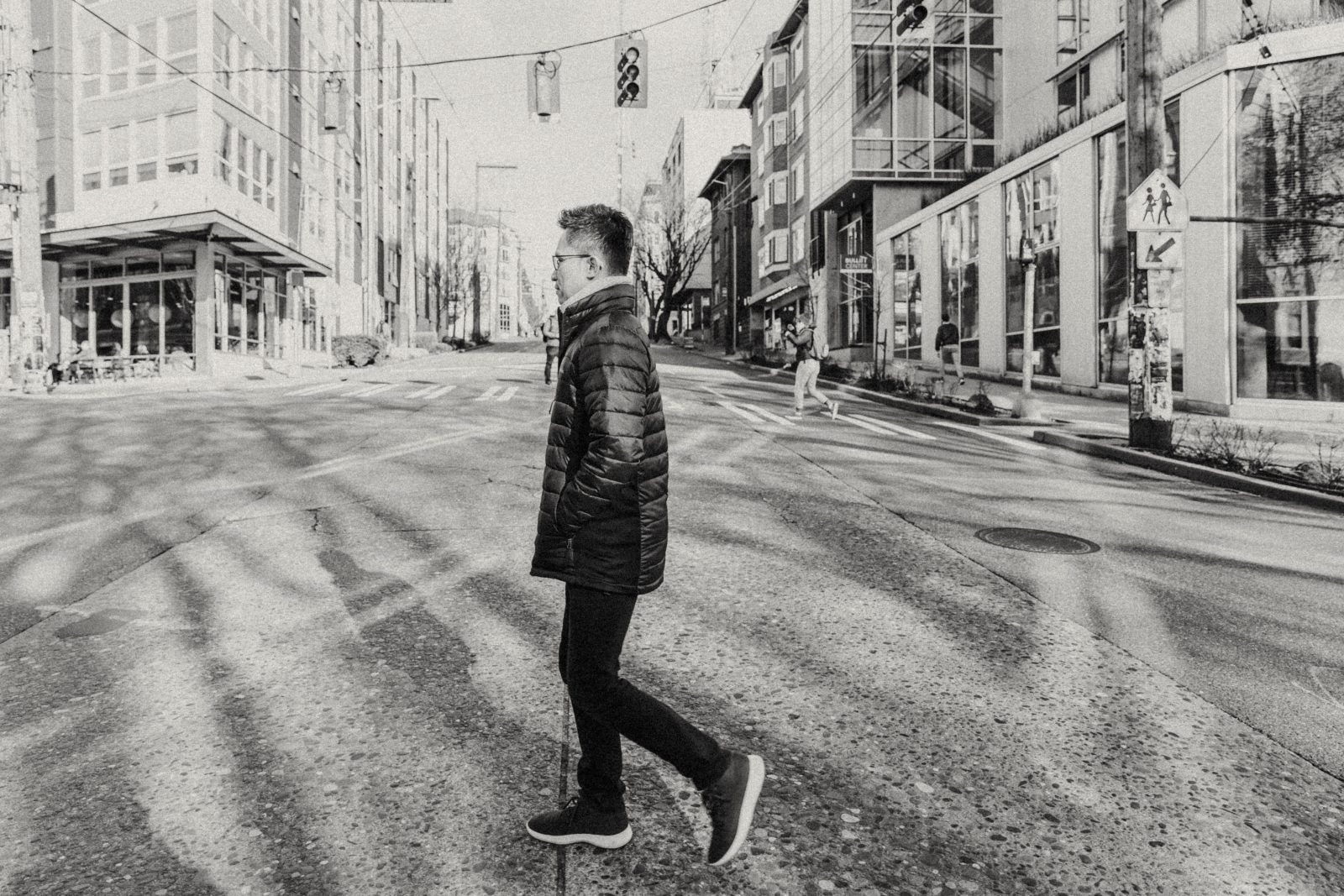
As we turn towards your own art, who influences you most?
I am drawn to artists who capture light and people in quiet, evocative moments. I think I’m influenced by Edward Hopper the most.
Is there a location where you feel most inspired?
This may sound cliché but I feel most inspired when I am at art museums. I love to go to museums to feel what other artists feel. Seeing artwork in different media about different topics inspires me to explore something different with my own work.
Do you have a favorite museum?
It’s really hard to decide what my favorite museum is since I love classic and modern art equally. Some of my favorites are the Met, MoMA, Guggenheim, Tate Museum and the Palace Museum. I hope I can visit the Louvre in the near future.
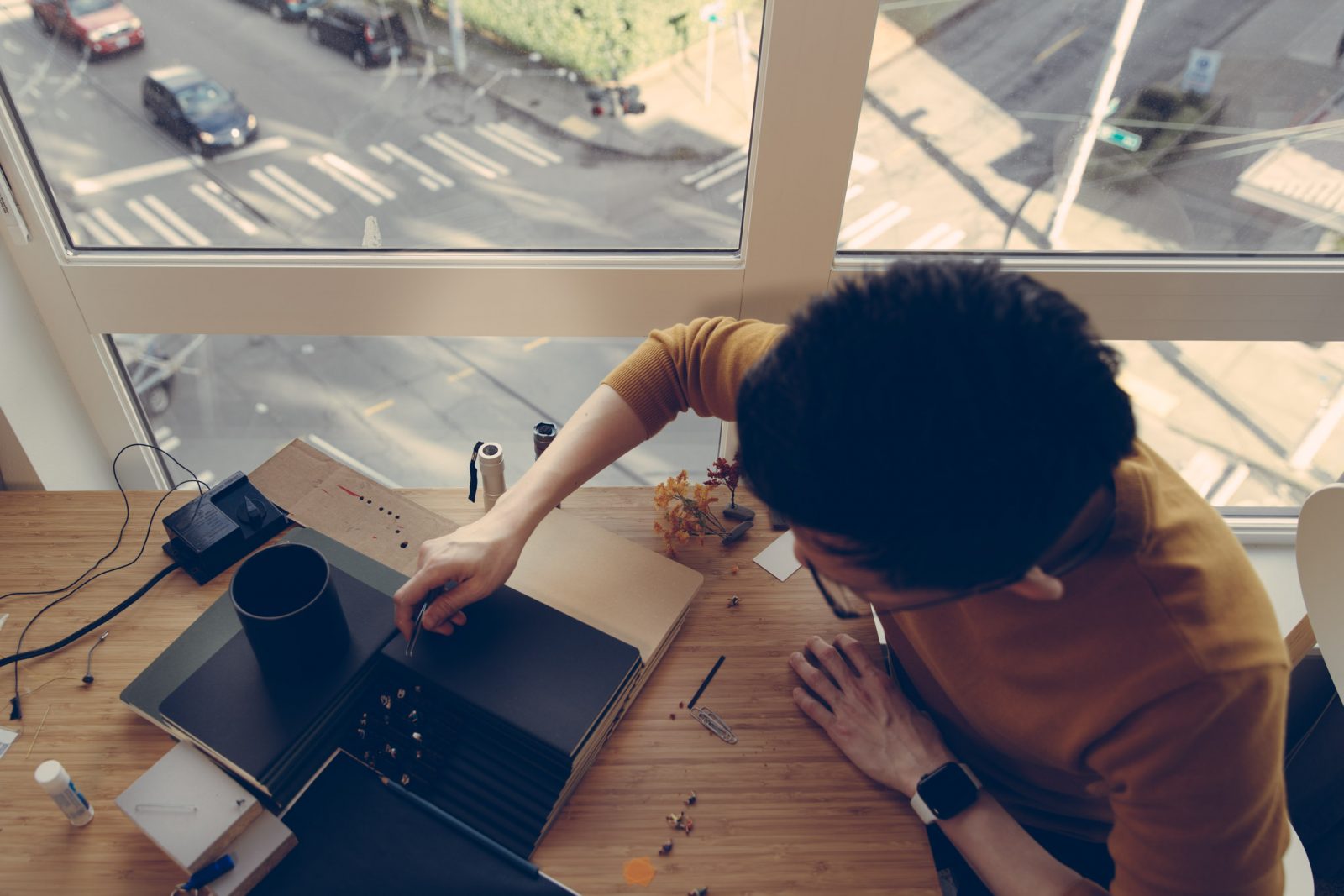
How did you first get started in miniatures?
It was a serendipitous moment. I was doing a google image search with my manager seven years ago when we came across some miniature photos which led her to show me her husband’s collection—and I was inspired to start my own collection. I put the figurines on my desk at work and after I started to play with them more, they became my Instagram subjects. Working in advertising, the topics of my pictures naturally were stress and chaos—and pretty soon it became a recurring series I did to entertain myself and my coworkers.
How do you balance your work life with your own passion projects?
The emotional territories I explore center around the urban-dwelling, working professional life. Creatively, what I experience at my day job provides me inspiration for my photography project at (late) night and on the weekends. Somehow, over the last seven years, I have miraculously pulled it off. I guess being an extremely indoor person helps 😀
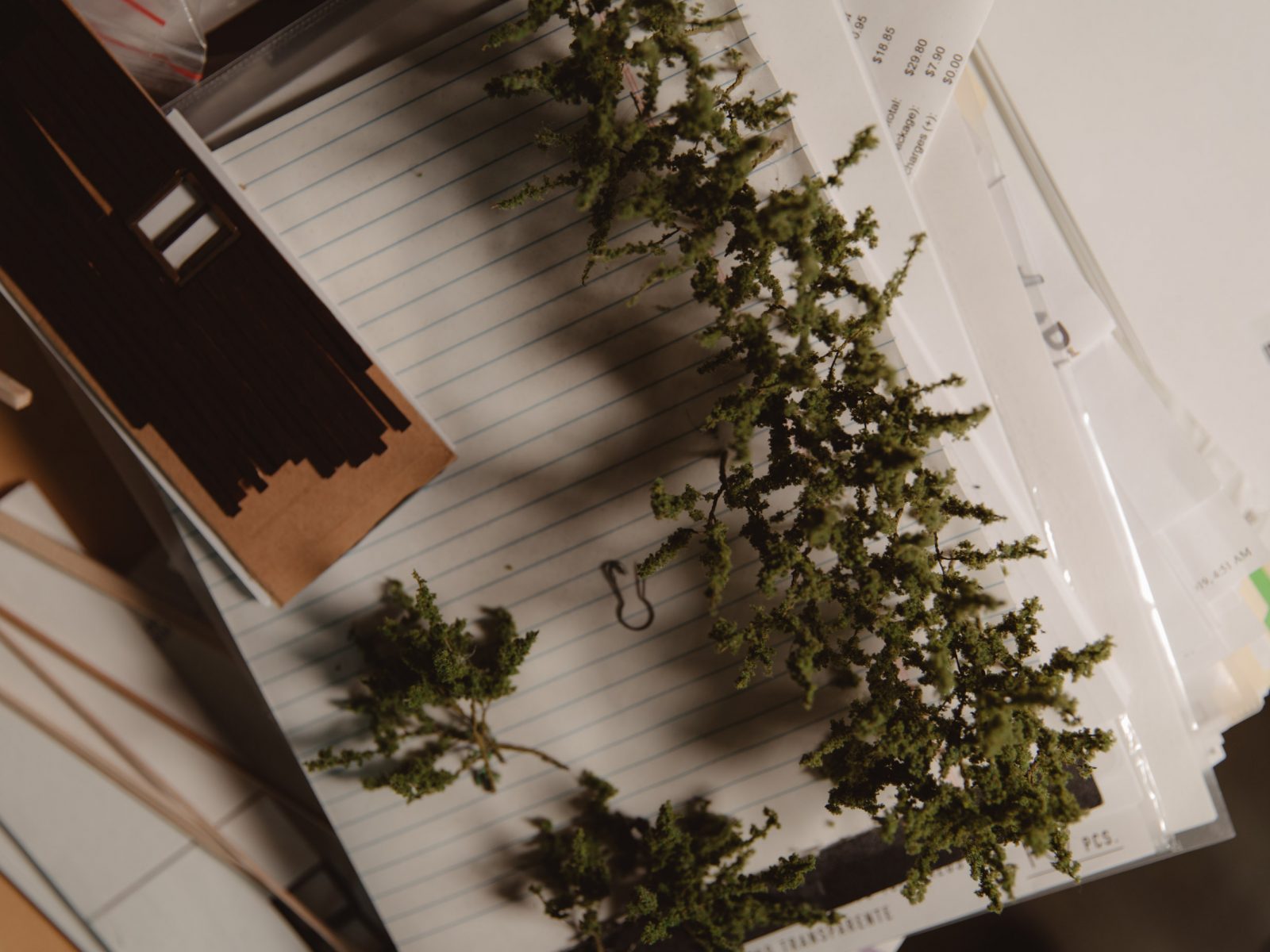
Is there a camaraderie among the miniature community?
Indeed miniatures are a form of art that may have a smaller community but many artists are taking the notion of miniatures in different directions. I admire and interact with several of them on social media. Among them Lorraine Loots, an amazing artist who does miniature paintings and Hank Cheng, a miniature model creator who creates nostalgic dioramas. I’m always looking out for miniature artists to get inspired from.
Where do you find all the miniature supplies like your figurines?
The majority of my props and figures were collected from hobby stores during my years in Ohio. I would spend hours in the used bins digging up vintage models. But when I don’t have the appropriate props for my ideas, I go to the local art supply store to try to create the furniture I need with whatever I can find there. Maybe one day I will learn to create a full scene from scratch!
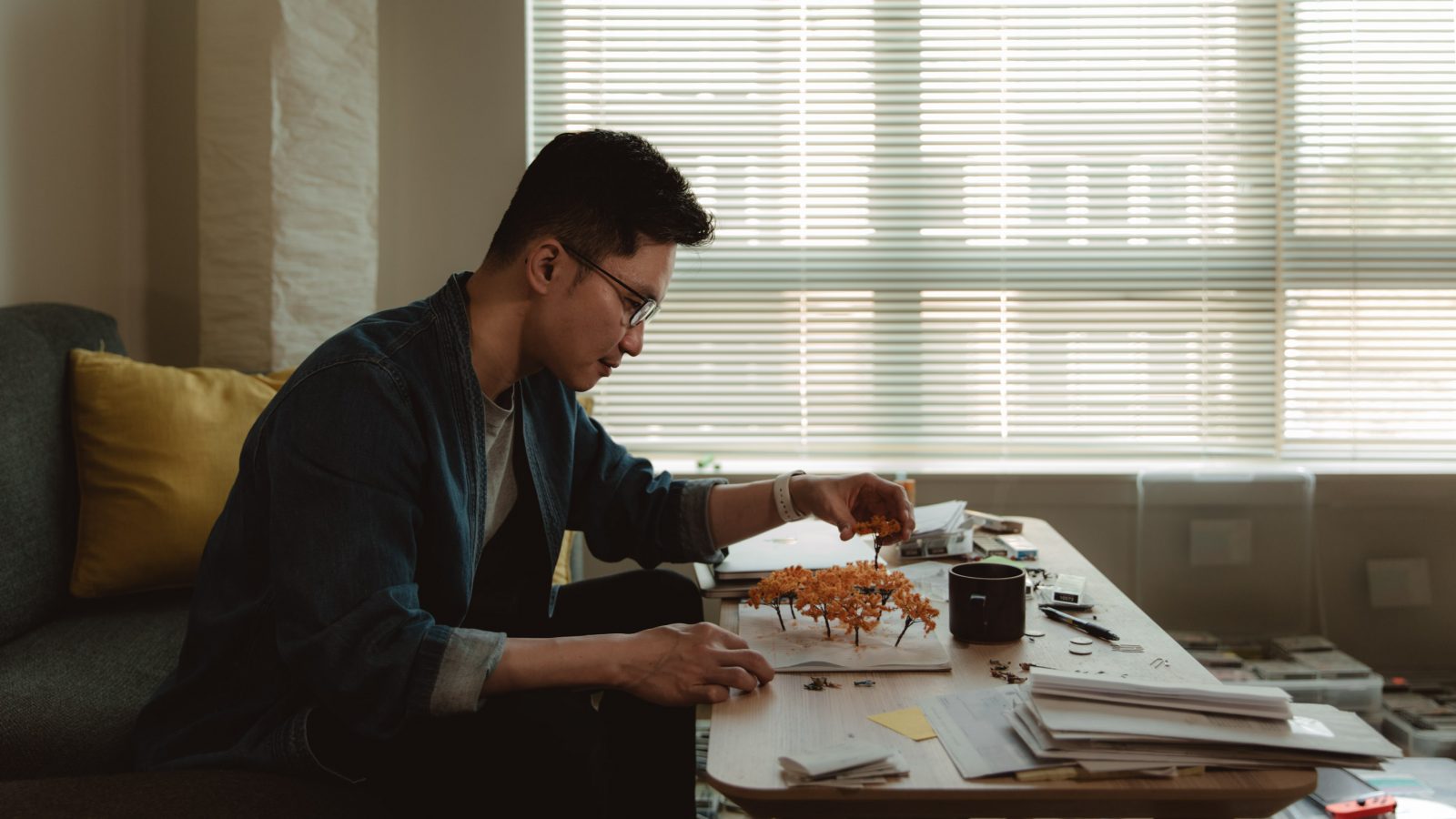
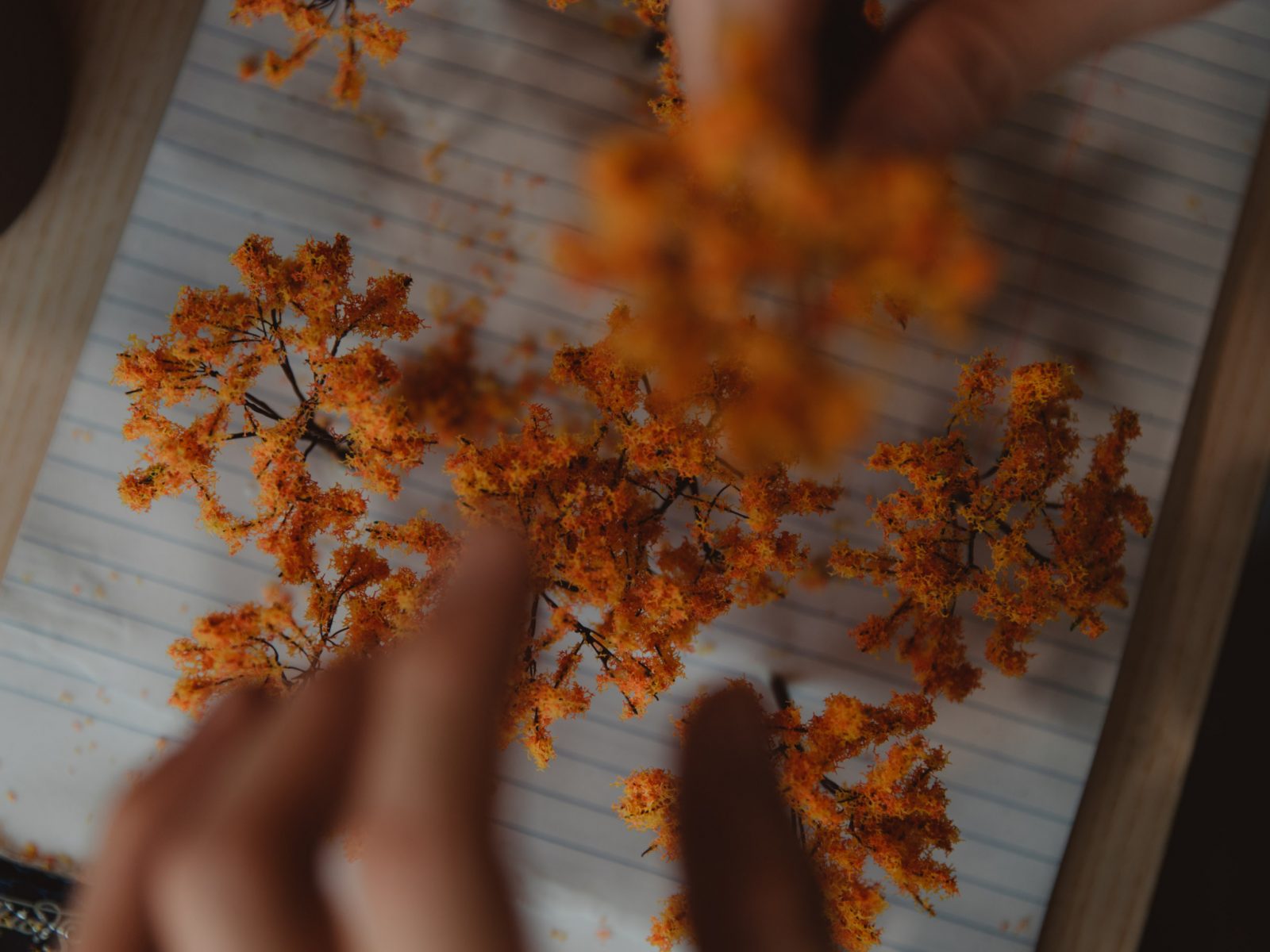
What was one of the most difficult setups you’ve made?
I really don’t like to repeat myself in the topic, setup and final look, so over the years it has become more and more technically difficult but, at the same time, it’s been rewarding for me to continue to find “new” ideas. That’s also why after seven years I am still doing it! One time, after I came back from San Francisco, I wanted to recreate the scene I saw at the Golden Gate Bridge where the sun shined through the low fog surrounding the bridge. It was a full month of planning, measuring and then building. I don’t know where I found the determination to realize this vision but I am glad I did it.
It’s interesting you mentioned Edward Hopper as an influence because of the similar way in which you both capture a moment in time with a story that bursts from each piece. When you create, do you have a story in mind already? Do you see the individual objects, make the connection to something in the “bigger world” and work backwards from there?
It amazes me that although I never specifically try to mimic Edward Hopper’s style (except for the time I recreated his masterpiece Nighthawks), I get this comment a lot and it makes me happy! I spend a very long time thinking and planning in my head before I start building the set and shoot the photo. When an idea comes to mind, I already have a very clear and specific picture in my head and the challenge and rewarding part is to make it a reality. Between the main objects and the miniature plastic figures, it takes a lot of effort to inject life into each scene. Having the story in mind first helps me pick the figures and decide on the best angle to convey the emotion I want.
What do you hope to say with your work?
Over the years I realized that at the center of my photography series, behind all the stress and frustrations, is the longing for connection. I realized by miniaturizing the subject and having the figures be the spokespeople of my thoughts, the typically hard to express feelings start to emit their own light. It became a very therapeutic process for me. I started to reach deeper and depict more reflective thoughts. With my photography, I hope to convey the message that we are never truly alone. As long as we reach out, our voices are going to be heard.
You’re very open about mental health on social media (@marsder) when you post about your own work—what have people’s reactions been?
To this day, I am amazed and blown away when I receive messages from people on the internet telling me my photography resonates with them, makes them cry and gives them hope to get through the day. For a project that was solely meant for me to show the universe I can create, it has helped me come out of my shell and getting reactions from followers on social media is the biggest reward for me.
How does art play a role in your own mental health?
I cannot describe how much this little artistic project has changed me. I was put in a new position to interact with media, collaborate with brands around the world, publish a book and stand on a stage to talk about myself. The most important of all, this project allows me to express my vulnerabilities without fear, helps me find my voice and contribute back to the art community. I am a much more calm and confident person because of this little art I do.
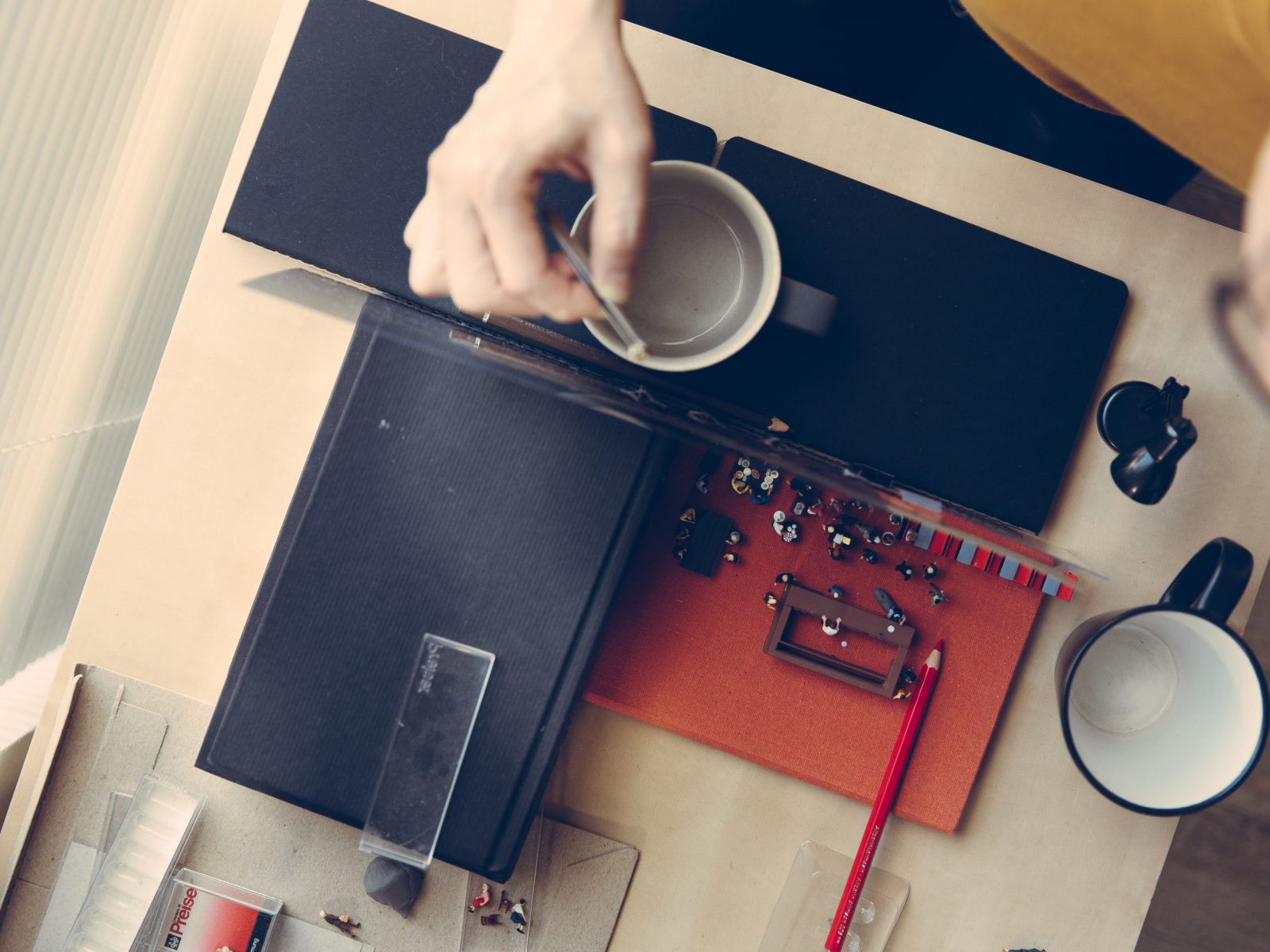
In 10 years, where do you hope to be artistically?
In 10 years, I hope to be able to capture and depict even more subtle emotions that resonate with people. I hope I can create with more purpose, joy and confidence.
Derrick it has been a treat to speak with you and it’s clear that you pour so much of yourself into your work. You’ve certainly tapped into something so relatable and I can’t wait to see what success the future holds for you. Thanks so much!
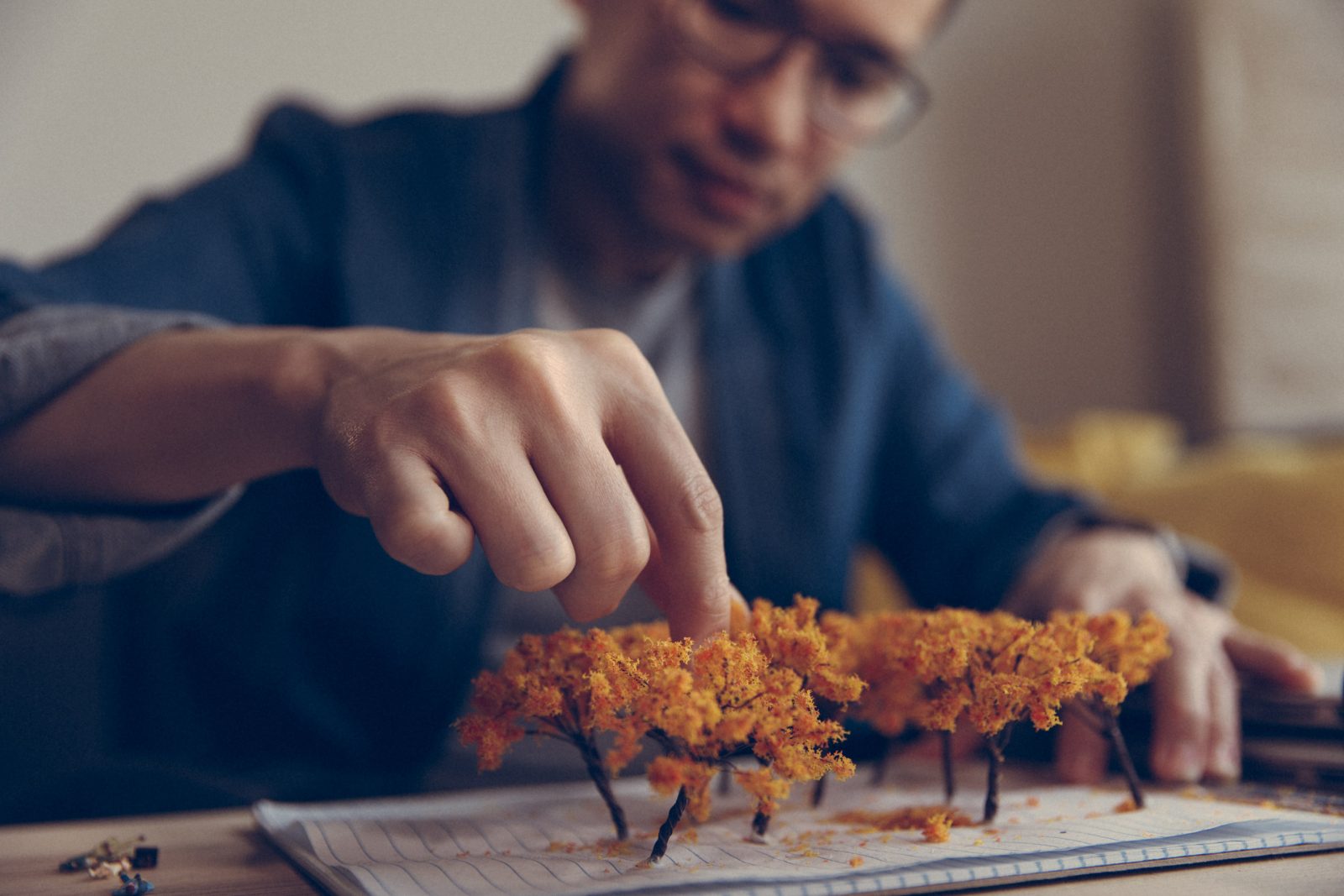
Photography by Talia Green
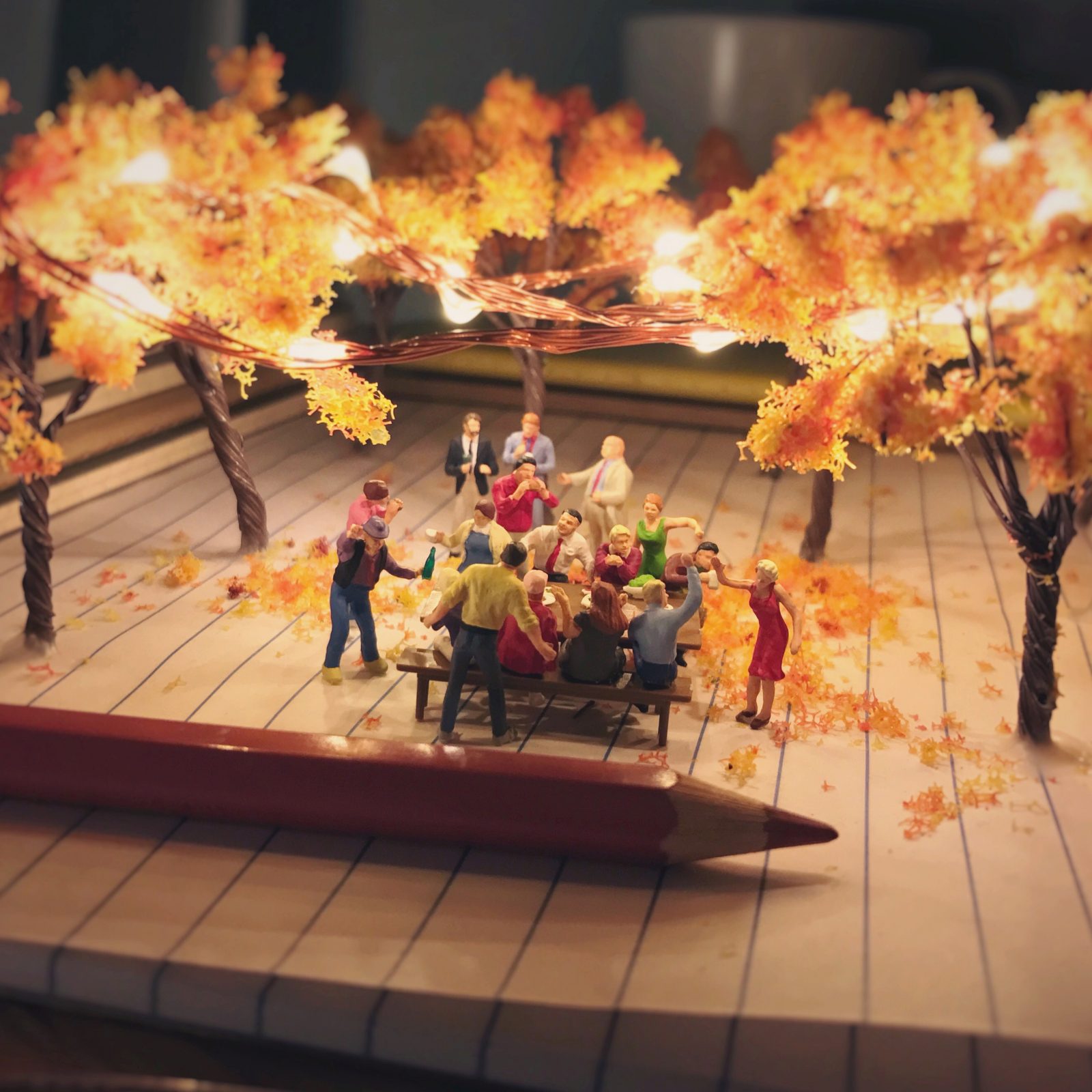
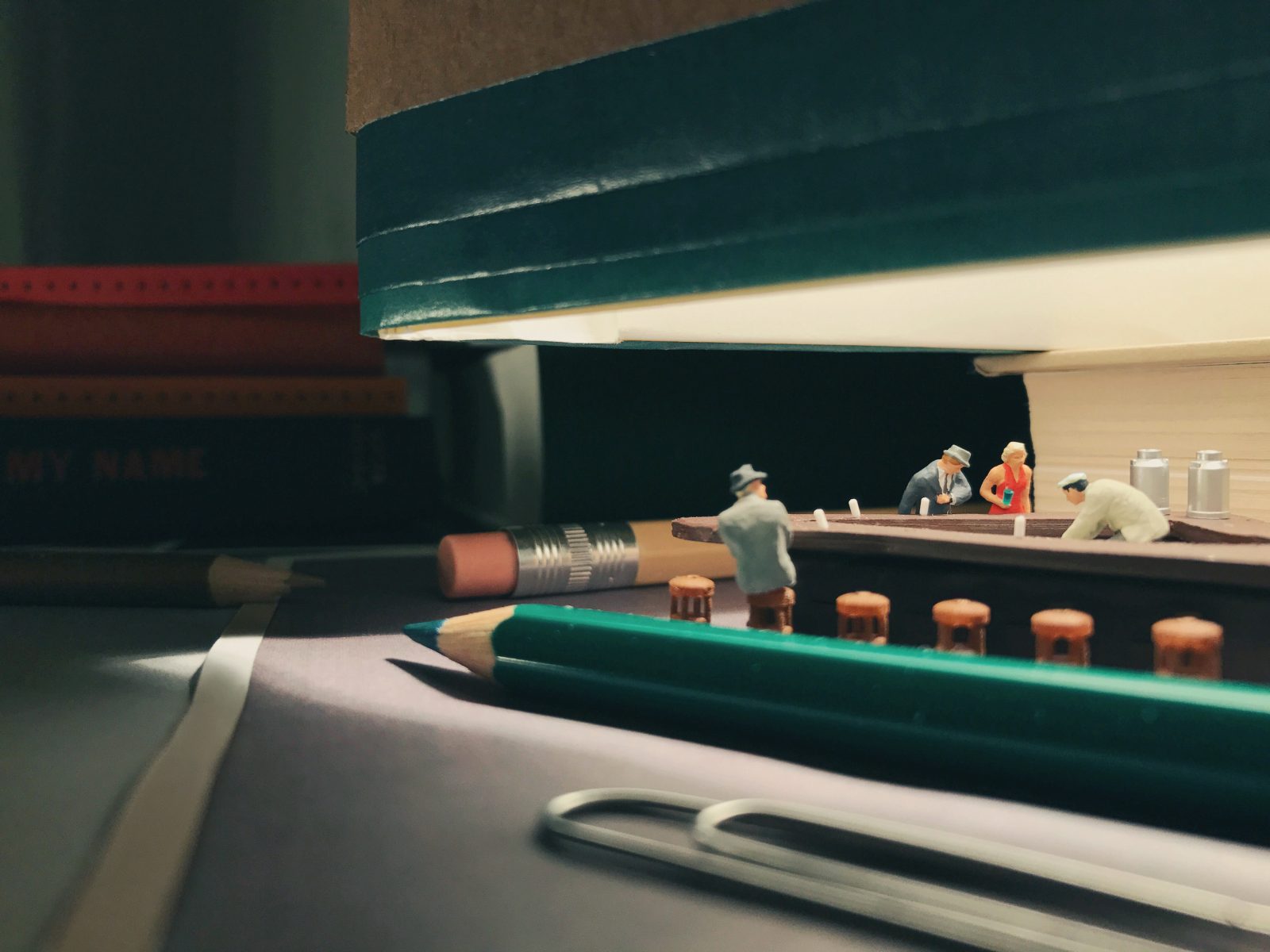
Comments